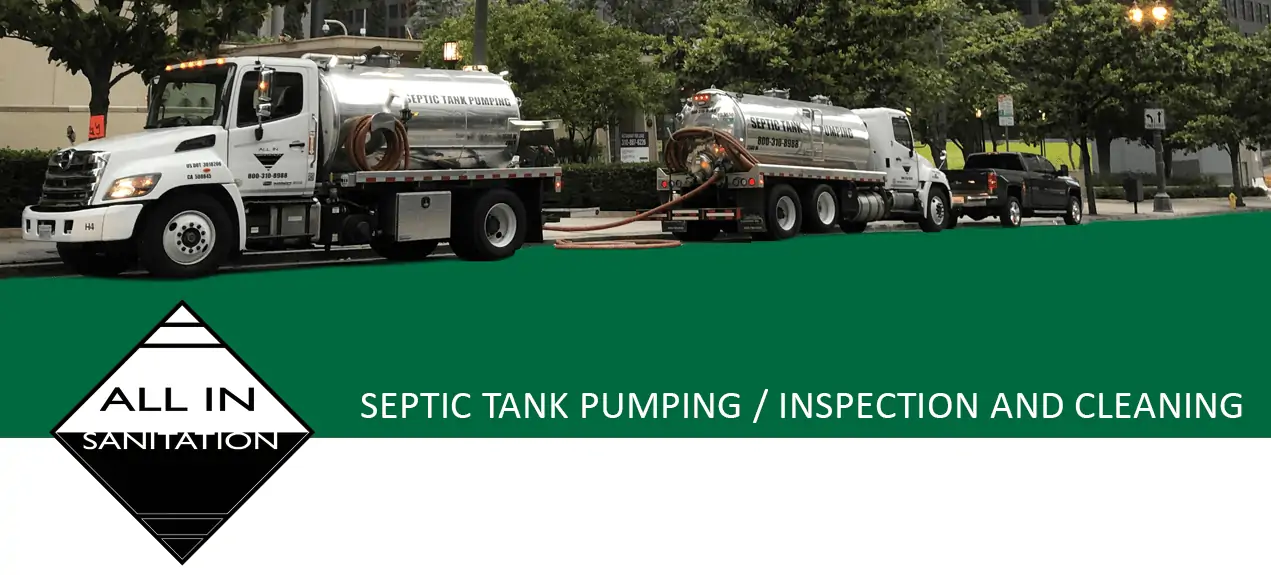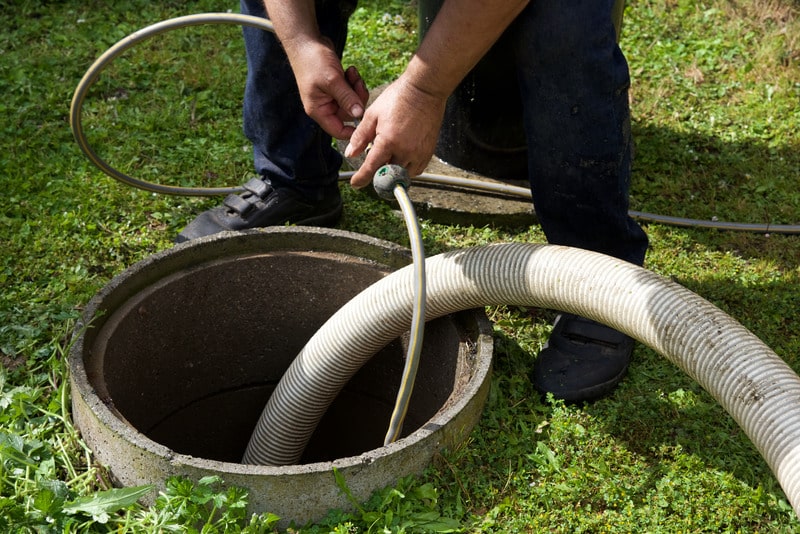4 Easy Facts About Stillwell Septic And Grading Shown
4 Easy Facts About Stillwell Septic And Grading Shown
Blog Article
About Stillwell Septic And Grading
Table of ContentsGetting The Stillwell Septic And Grading To WorkNot known Facts About Stillwell Septic And GradingAll About Stillwell Septic And GradingMore About Stillwell Septic And GradingWhat Does Stillwell Septic And Grading Do?The Best Strategy To Use For Stillwell Septic And Grading10 Easy Facts About Stillwell Septic And Grading Explained

Homeowners should additionally inform themselves on the fundamentals of septic tanks to ensure they make educated decisions throughout the installation procedure - Septic Tank Installation. Septic tanks are an essential part of several homes that are not connected to a local drain system. They are made to treat and throw away household wastewater on-site
The septic storage tank is a big, below ground container made of concrete, fiberglass, or plastic. The container divides the strong waste from the fluid waste.
The Only Guide for Stillwell Septic And Grading
Along with regular maintenance, house owners need to likewise bear in mind what they purge down their drains pipes. Products such as grease, oil, coffee premises, and feminine health items can clog the system and cause back-ups. It is likewise essential to conserve water and avoid straining the system. Straightforward procedures such as dealing with leaking faucets and bathrooms, setting up low-flow showerheads and toilets, and expanding laundry lots can aid decrease water usage and expand the life of the septic system.
The topography of the site is additionally assessed to make certain that the septic tank is installed at the proper altitude. https://fliphtml5.com/homepage/kepos. The system should be installed at a greater altitude than the surrounding location to avoid contamination of the surrounding setting. Obstacles are the minimum distances required by regulation between the septic tank and other structures or functions such as wells, structures, and residential property lines
The proposed elevations of the system are identified based on the outcomes of the dirt analysis and topography assessment. The altitudes will certainly guarantee that the septic tank operates correctly, and wastewater is successfully treated - Septic Tank Repairs. To conclude, a website evaluation is a vital action in septic system installment. It makes certain that the septic tank is installed in the most ideal place, thinking about the soil, topography, and setbacks.
The smart Trick of Stillwell Septic And Grading That Nobody is Talking About
Prior to installing a septic tank, home owners need to get authorizations and comply with laws. Some of the permits and policies that home owners require to consider include:: House owners need to acquire a license from the neighborhood wellness division or structure division prior to installing a septic system.
Some municipalities may require a minimum lot size for septic system installation.: Homeowners require to abide with ecological laws when mounting a septic system. https://stillwellsag.start.page. For example, some states might call for an ecological effect analysis before setting up a septic system.: Property owners need to abide by building policies when mounting a septic system.
Getting My Stillwell Septic And Grading To Work
Some districts might need periodic assessments and pumping of the septic tank. It is essential for house owners to acquire authorizations and comply with laws before setting up a septic system.
One of the most crucial aspects to consider when selecting a septic tank is the size. A sewage-disposal tank that is too small for the home's needs will call for more constant pumping, while a container that is also large can result in extreme water build-up and potential system failing. A general policy of thumb is that the container ought to have the ability to hold at the very least 2 days' worth of wastewater.
Get This Report about Stillwell Septic And Grading
It's likewise important to think about the kind of system the septic container will be utilized with. There are 2 major types of septic systems: gravity and pressure.
Unknown Facts About Stillwell Septic And Grading
Overall, picking the ideal septic container for a home is an important decision that requires careful consideration. Prior to mounting a septic container, house owners must take specific actions to prepare for the setup procedure.
Right here are some vital security measures to adhere to: Wear safety gear: Home owners need to wear safety gear, such as handwear covers, boots, and helmets, to stop injury during the installation procedure. Stay clear of electrical lines: Homeowners should prevent excavating near electrical lines to protect against electrocution. Usage care when operating hefty equipment: Homeowners should make use of care when running hefty machinery to stop accidents and injuries.
Everything about Stillwell Septic And Grading
By complying with these vital actions, homeowners can guarantee a successful septic system installment procedure. Septic storage tank installation is an essential process that needs mindful preparation and execution. House owners that are installing advice a septic tank for the very first time ought to be conscious of the crucial actions included in the procedure to make certain that their septic tank works successfully and properly.

Report this page